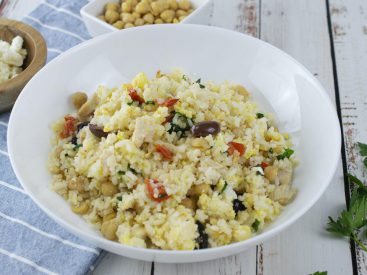A popular Chinese restaurant is losing its longtime home because a Binghamton church has acquired the property for an expansion project. Far East Kitchen is shutting down its operation at 287 Main Street on the city’s West Side at the end of business Thursday. Owner Song Chen said he […]
Delicious!
Delicious!



